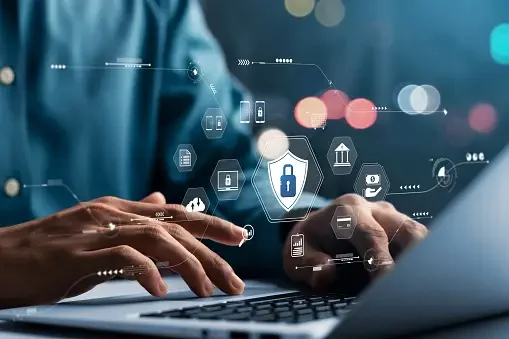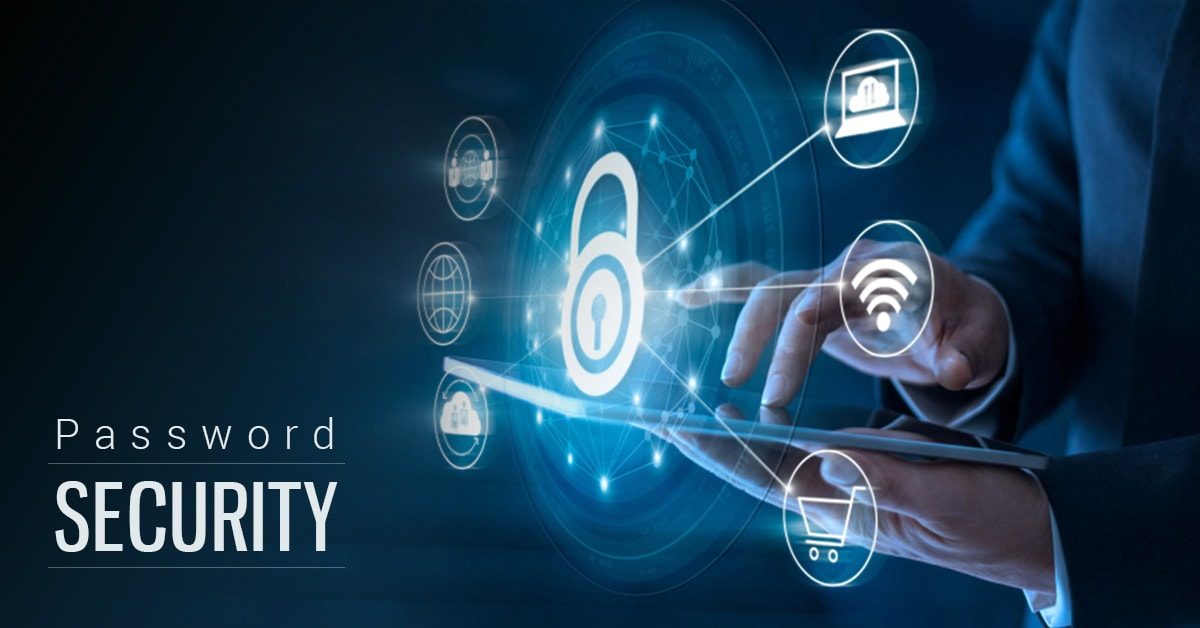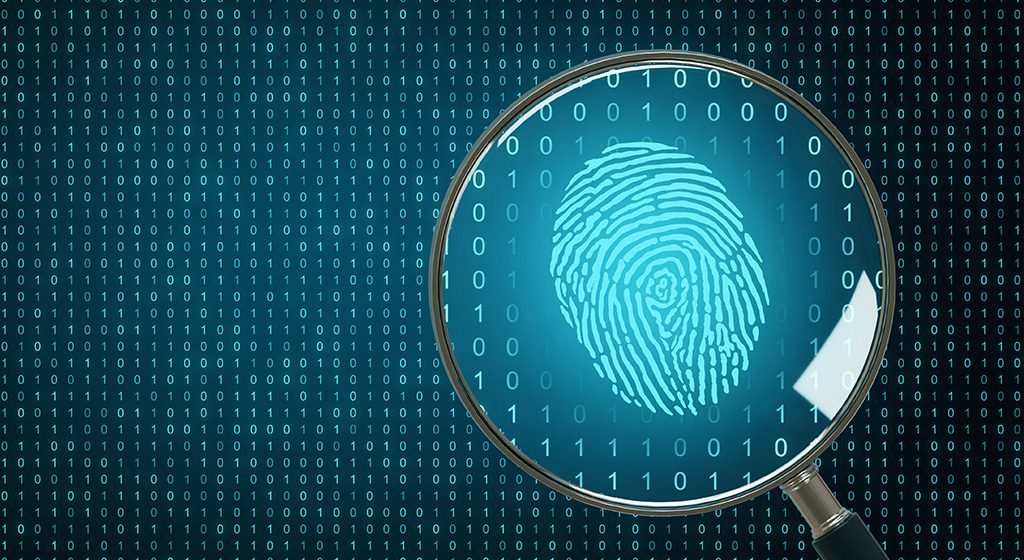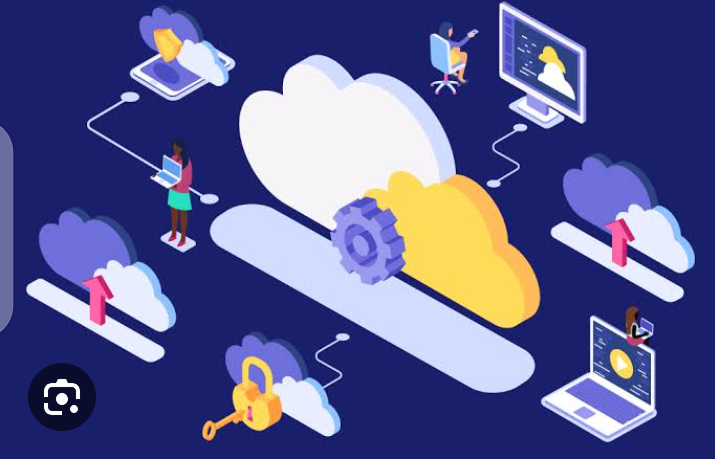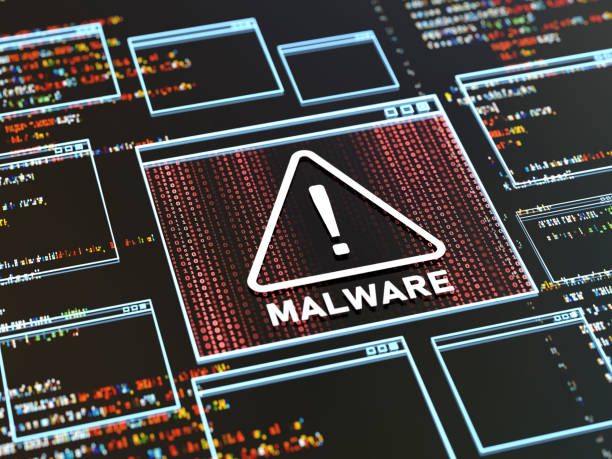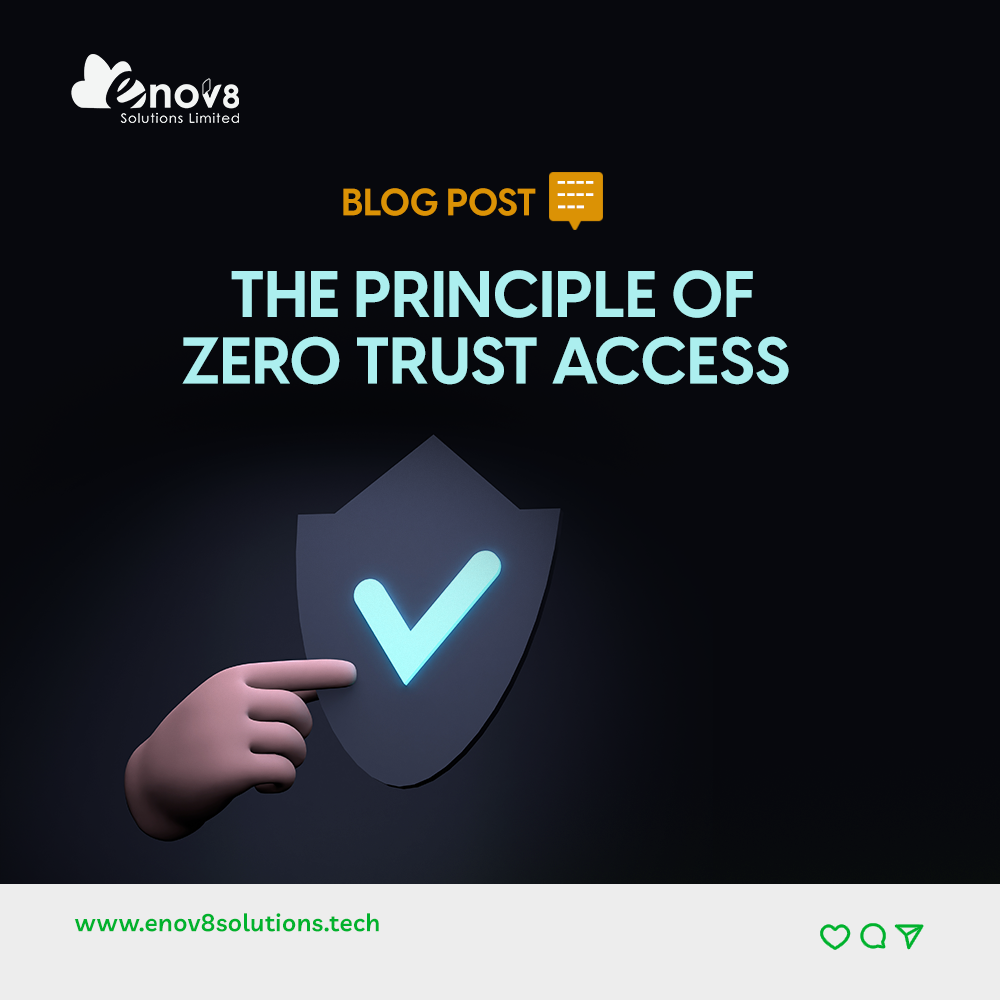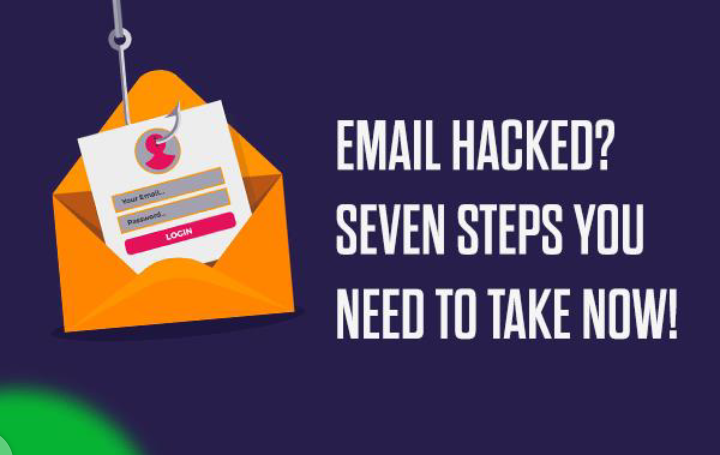BYOD (Bring Your Own Device): Does it affect organisation’s security?
BYOD refers to the practice of employees using their personal devices such as smartphones, laptops, and tablets for work-related tasks.
BYOD, which stands for Bring Your Own Device, is a workplace practice where employees utilize their personal devices, including smartphones, laptops, and tablets, to perform tasks related to their work responsibilities. This approach offers several evident benefits, such as increased flexibility, improved employee satisfaction, and potentially reduced hardware costs for organizations. However, alongside these advantages, BYOD also introduces a spectrum of security challenges that organizations must address vigilantly.
The core principle of BYOD is to empower employees by allowing them to work with the devices they are most comfortable with and accustomed to. This can enhance productivity and streamline workflow processes, as employees can leverage the familiarity and convenience of their personal gadgets. Furthermore, BYOD can contribute to a more favorable work-life balance for employees, as they can seamlessly transition between work and personal tasks on a single device.
Nevertheless, the integration of personal devices into the corporate environment necessitates careful consideration of security implications. BYOD expands the attack surface, potentially exposing sensitive company data to increased risks.
Here are some key benefits associated with BYOD:
Benefits of BYOD
- Cost savings
- Increased Productivity
- Flexibility and Convenience
- Reduced Learning Curve
- Remote Work Facilitation
BYOD Security Risks and How it affects your organisation
- Data Leakage and Loss: When employees use their personal devices for work, there is a heightened risk of sensitive company data leaking or being lost. This can occur through accidental data exposure, unauthorized access, or even physical loss or theft of the device.
- Unsecured Networks: BYOD devices may connect to various networks, some of which may not be secure. Public Wi-Fi networks, for instance, can expose devices to security vulnerabilities, making it easier for malicious actors to intercept data traffic.
- Malware and Viruses: Personal devices may not have the same level of security software and protocols as company-issued devices. This makes them more susceptible to malware and viruses, which can compromise both personal and business data.
- Weak Passwords: Employees might use weak or easily guessable passwords on their personal devices, putting company data at risk. Weak authentication methods can be exploited by hackers to gain unauthorized access.
- Lack of Control: Companies have limited control over the security measures on employees’ personal devices. They cannot enforce security policies or ensure that devices are kept up-to-date with the latest security patches.
- Data Mixing: Personal and work data can become intertwined on BYOD devices, making it challenging to separate and secure sensitive business information from personal content. This can lead to accidental data exposure.
- Insecure Apps: Employees may download and use third-party applications on their personal devices without considering the security risks. Some apps may have vulnerabilities that can be exploited by attackers.
- Compliance Concerns: Companies in regulated industries may face compliance challenges when employees use BYOD. Ensuring that BYOD practices align with industry regulations can be complex and requires careful management.
- Remote Wiping Challenges: In the event of a lost or stolen BYOD device, remote wiping of company data can be challenging if the device owner is not cooperative or if the organization lacks the necessary tools for remote data removal.
- User Awareness: Employees may not be fully aware of the security risks associated with BYOD or may not take security precautions seriously. This lack of awareness can lead to inadvertent security breaches.
Strategies to Mitigate BYOD Security Risks
- Device Encryption: Device encryption involves encoding the data stored on a device, making it unreadable without the proper decryption key. This ensures that even if a device is lost or stolen, the data remains secure and inaccessible to unauthorized individuals.
- Strong Passwords and Biometric Authentication: Employing strong, complex passwords and biometric authentication methods (such as fingerprint or facial recognition) adds an extra layer of security to devices. This makes it more challenging for unauthorized users to gain access.
- Mobile Device Management (MDM) Solutions: MDM solutions provide organizations with centralized control over BYOD devices. They allow for the enforcement of security policies, remote device tracking, and data wiping in case of loss or theft. MDM tools are instrumental in managing and securing a fleet of diverse devices.
- Regular Software Updates: Ensuring that BYOD devices are regularly updated with the latest operating system and application updates is critical. These updates often include security patches that address vulnerabilities and protect against emerging threats.
- Employee Education and Cybersecurity Training: Well-informed employees are a crucial line of defense against BYOD security risks. Cybersecurity Training programs can educate employees about safe practices, the importance of security measures, and how to recognize and respond to potential threats.
- Clear Usage Policies: Establishing clear BYOD usage policies provides guidelines for employees on acceptable and secure device usage. These policies should outline security expectations, data handling procedures, and consequences for policy violations.
- Data Separation: Implementing mechanisms to separate personal and work-related data on BYOD devices is essential. This ensures that sensitive company information remains segregated from personal files, reducing the risk of data mixing and leakage.
- Incident Response Plan: A well-defined incident response plan is crucial for promptly addressing security incidents. It should outline the steps to take in the event of a security breach, including communication protocols, containment measures, and recovery processes.
- By incorporating these strategies into a comprehensive BYOD security framework, organizations can significantly reduce the risks associated with allowing employees to use their personal devices for work while maintaining a balance between productivity and security.
Conclusion
In conclusion, the concept of Bring Your Own Device (BYOD) undeniably presents a myriad of advantages to modern businesses. However, the integration of personal devices into the corporate environment must be accompanied by a thorough evaluation of security measures.
By taking deliberate steps to implement the right strategies and policies, organizations can unlock the full potential of BYOD while simultaneously fortifying their defenses and ensuring the protection of sensitive data. This balance between convenience and security forms the crux of a successful BYOD implementation.
The benefits of BYOD, including enhanced flexibility, increased employee satisfaction, and potential cost savings, are compelling reasons to embrace this approach. However, these advantages should not come at the expense of data security and risk mitigation. Instead, they should be harnessed in tandem with robust security practices, stringent access controls, employee education, and the adoption of technology solutions designed to safeguard corporate assets.
In today’s ever-evolving digital landscape, where data breaches and cybersecurity threats are a constant concern, BYOD can indeed be a powerful asset. It empowers employees, fosters productivity, and supports the demands of a mobile workforce. Yet, it is the responsibility of organizations to strike that crucial balance, ensuring that the convenience of BYOD does not compromise the integrity of their digital workspace.
Enov8 solutions stands as a steadfast partner in this journey, providing comprehensive cybersecurity solutions and training to organizations of all sizes. With our expertise and commitment to enhancing cybersecurity postures, businesses can navigate the BYOD landscape with confidence, knowing that both productivity and security coexist harmoniously. Contact us today.


